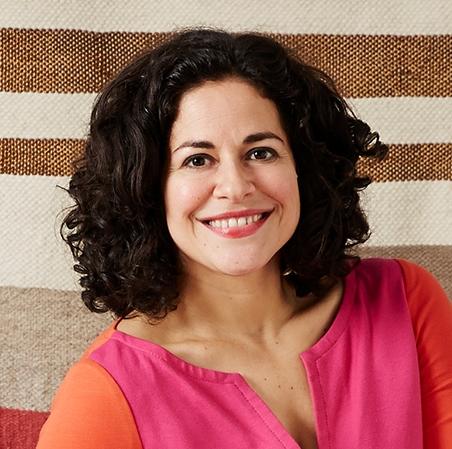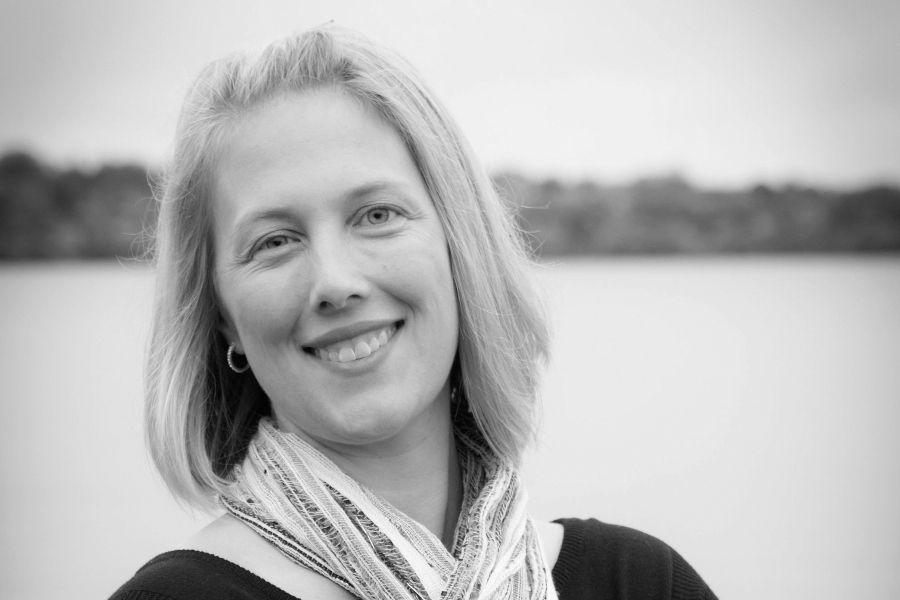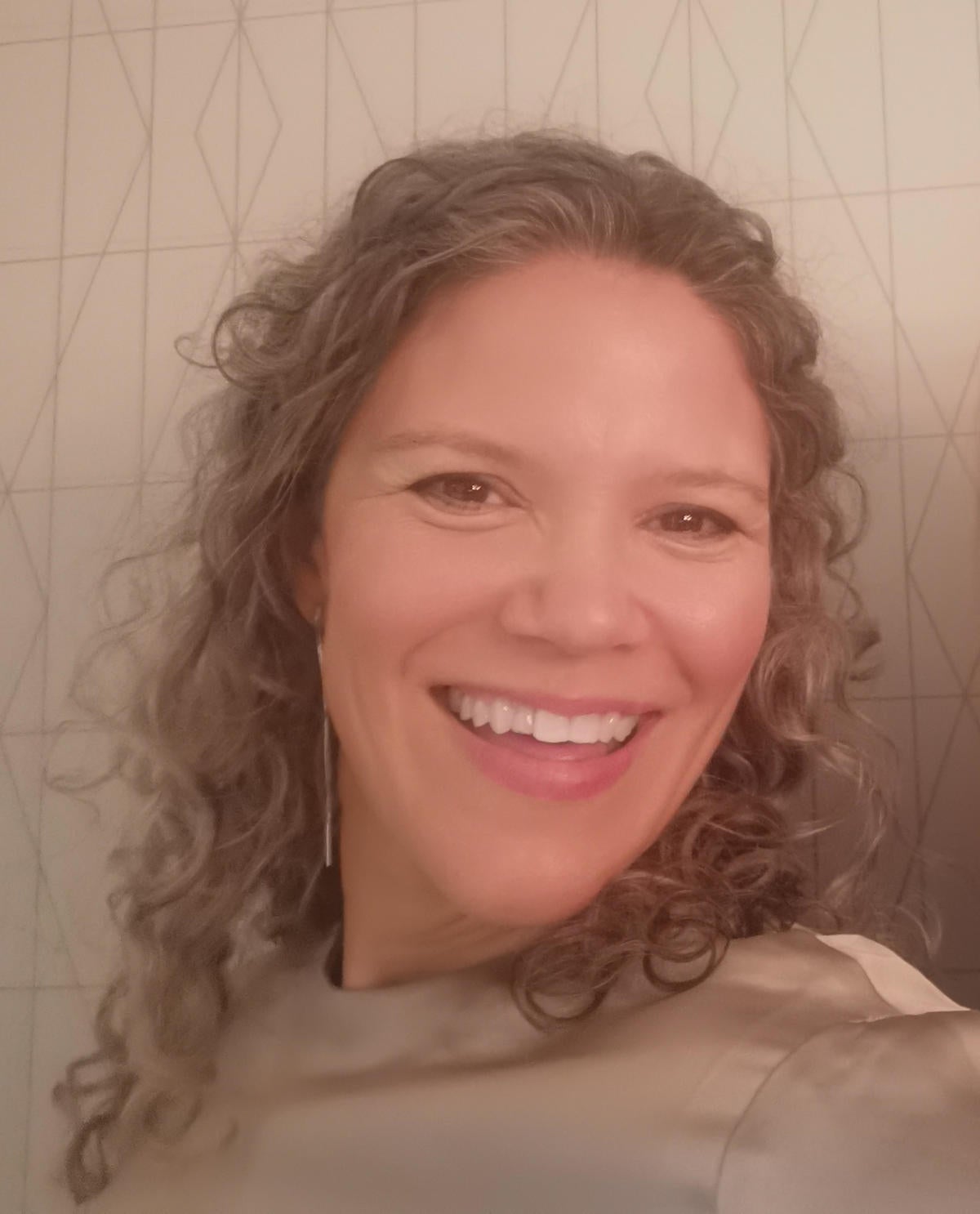As the oceans fill with plastic, landfills swell and the climate crisis gets more dire with each passing year, the need for companies to play a role in sustainability becomes more and more clear. That’s true on a moral level, and increasingly, it’s good business. Studies consistently show that consumers take sustainability into account when making buying decisions—and that younger buyers are even more motivated to make ethically driven purchases.
How do you orient a company toward sustainability goals when our economy is built around profitability? Anyone who has ever led a business knows that nothing ever gets done unless it’s someone’s job. Hence the rise of roles—sometimes entire departments—dedicated to steering companies on a sustainable path.
Ninety-five of the Fortune 500 companies now have a chief sustainability officer (CSO), a number that has tripled over the past decade. Within the home and design industry specifically, the CSO title is not common, but more and more brands are hiring for leadership positions whose sole responsibility is sustainability.
To find out more about this vital role, Business of Home reached out to four such leaders: Jennifer Gootman, head of sustainability and social impact for Williams-Sonoma; Jane Abernethy, chief sustainability officer for Humanscale; Emily McGarvey, director of sustainability for Room & Board; and Rebecca Best, sustainability director at Material Bank. In a series of conversations that have been edited for length and clarity, they shared their stories, successes and challenges.

How did you get into sustainability work?
Jennifer Gootman, Williams-Sonoma: I spent a decade at nonprofits, and I realized that the sector could benefit from business knowledge. So I went back, got an MBA and ended up running a group that helped artisans access external markets. Through that work I realized the impact of supply chains. We were doing all this work to write small purchase orders, and I thought, ‘What if you could make incremental changes in a large company?’
Jane Abernethy, Humanscale: I was an industrial designer. When I was thinking about what to study, the environmental impacts of mass production were already part of my thought process. I was thinking: should I do this? Eventually I realized that if I made better choices, then better products would be made—in mass production, everything is repeated hundreds of thousands of times a year, so your impact is that much greater.
Emily McGarvey, Room & Board: For the first 10 years of my career, I was in buying and sourcing for a retailer. [During that period], there were times when I was in China, in the port, seeing all the ships with all the containers and having this feeling of, What am I a part of? Every product is a little tiny piece of the planet that’s made by people for people and sold for a profit. And if you’re only thinking about the profit side of things, you’re missing the people on the planet. As I was looking to make a change and have more purpose in my work and in my life, moving over to the sustainability team seemed like a perfect fit.
Rebecca Best, Material Bank: I left corporate fashion marketing 18 or 19 years ago to do some volunteer work in Uganda. I ended up getting pregnant when I came back [to the U.S.], knew I didn’t want to go back into full-on corporate and ended up launching a business called the Healthiest Home that was entirely focused on sustainable and healthy building materials. This was after having lived a real sustenance life for almost a year in Uganda and then coming back to the culture shock of North America. My passion was certainly uplifted then around sustainability and natural products.

“Sustainability” is such a broad concept. How do you narrow it down to a useful definition?
Abernethy: We actually took over a year of conversations to get to that, and I totally agree: It sounds like you know what you’re talking about when you say, “We’re going to be sustainable!” and then you unpack it a bit and it’s more complicated. How much better is enough to be considered good? What are we really leaning toward? Where we landed was that we wanted to have a net positive impact on the world. That means that as we are operating, manufacturing products, being a for-profit company, we would be leaving the world better off in a measurable way, not just a feel-good way. We would measure the negative impacts, then factor in measures of positive impacts.
Gootman: The key is focus. A few years ago, we came up with the tagline at the corporate level, “Good by Design.” Our pillars are: planet, people, purpose. Under planet, it’s climate and energy-responsible materials and finishes, and waste and circularity. And within people, it’s ethical production and worker well-being. Our work with responsible materials has been going on for 20 years. Our work in social compliance is long-standing. And then some of those programs are newer. So there’s this combination of the underlying base of programs plus those that keep us innovative.
Are there specific KPIs that you’re looking at?
Gootman: Last year, we announced a goal to have 75 percent of our products represent one or more of our social and environmental initiatives by 2030. That’s the umbrella goal. The biggest impact there is materials and production within our value chain. It’s using that purchasing power. It ties everything together, and it makes it relevant for our customers too.
McGarvey: We have our carbon footprint. So we’ll definitely be looking at that on an annual basis. And then we’re also looking at how much waste we’re diverting from landfill. Compiling those KPIs and metrics will be one thing I’ll be doing soon [McGarvey began in the role in March].
Abernethy: There are six different categories where we have goals every year: climate and energy, healthy materials, circularity, social impact, wildlife preservation and water depletion, water usage. Some are easier to calculate than others. There are protocols about how to calculate climate, water and energy. Social impact is more challenging, and we’re still in the earlier phases of the conversation with some of the other categories.
What levers do you pull internally that move you toward your goals?
Gootman: Building the operational foundation [is key]. Across a family of eight brands, with different merchants across a global supply chain, we have offices in different countries that manage the third-party vendors. So a lot of it is collecting data and building reporting.
It’s developing the materials road map but then also looking down to the SKU and forming it in a way that makes sense for the different teams. A merchant might look at the classes that they manage, so we want to be able to give them some reporting by class. A country office will look at the vendors, so we give them reporting by vendors. It’s how do you aggregate all this data, analyze it, develop reporting that establishes a benchmark, sets a goal, and then drives progress?

McGarvey: Sustainability is still a fairly young industry, so it’s a small pond, and after 10 years, I know a lot of the folks in it. So if I’m working on packaging, I’ve got a couple of different experts I might call to hear about the latest and greatest. And if I’m talking about renewable energy, then I might phone someone else.
Abernethy: There’s a certain amount of training our people, getting them aware and excited about sustainability. We have a group called sustainability ambassadors, and that’s about 40 people throughout the company, from senior salespeople, to people in accounting, in quality, in customer service in 12 different countries. It’s people from all different roles who are passionate about sustainability and helping create this grassroots culture. Over time, I started to see people being more engaged, coming to me with ideas, instead of me having to suggest changes. They’re like, “Could we try it this way?” Engineers would say, “I saw this material, what do you think?” It was an exciting cultural shift.
What have some of your wins been?
Abernethy: For water, energy and climate, we have 60 percent of our products that are net positive by sales volume, and getting there has been very exciting. Launching the first task chair with ocean plastic in it in 2018—it took a couple of years to get to that point, and that was really exciting as well.
Gootman: A lot of our work started in the social space, and I’m incredibly proud of work I consider industry leading in Fair Trade. We brought the Fair Trade factory program into the home space—we started in 2014 with one factory, and today we’re at 19 factories, impacting 19,000 workers across our supply chain. And [our policies are] adopted by other brands.
A more recent win is our science-based target to reduce emissions by 2030, with a goal to be carbon neutral within our own operations by 2025. To reduce that entire value chain—that’s the most challenging, the most complex, and 98 percent of our emissions are there. It took leadership and momentum from the top [to make that commitment]. We’ve also pledged to plant 6 million trees in partnership with the Arbor Day Foundation by the end of 2023—it works because we have the foundation in responsibly sourced wood.

Best: We purchase carbon offsets for all our shipments, so we’re carbon neutral, which was the least we could do. But one of the biggest sustainability impacts is embedded in the business itself—when you’re consolidating samples from multiple brands into a single shipment, you’re being much much more efficient, from a carbon standpoint, than when you’re getting samples from a wide variety of brands.
What are some of the challenges you’re working through right now?
Best: Our packaging is all reusable, but we’re looking at making it 100 percent recyclable. That’s looking at new materials and eliminating single-use plastic from our entire operations. It’s a goal to get to a zero-waste facility. But from a baby steps perspective, [we’re] looking at our use of single-use plastics and converting as much of that to fiber or any other potential innovative material as possible.
Gootman: Within the home sector, the tools and science are still evolving. We have complex categories with lots of materials, lots of composites. So we have to build those tools. For example, we’re one of the few exclusively home retailers that’s been a member for years of the Sustainable Apparel Coalition. And we use the Higg index, which was developed for the textiles industry, in our supply chain to measure factory environmental footprint. So we’ve been leading those conversations to really think about: How do we adapt these tools to be more applicable to production within the home space?
McGarvey: When we’re done with product, how does it have a next life? Or how does it become raw materials later on? That’s something the furniture industry is going to have to work together on to figure out, because if you think about your waste hierarchy, first of all, you want it to be durable, and then you want to be able to repair it, and then you want to be able to resell it—and then eventually turn it into a new raw material. Room & Board has a real strength in durability, and even repair, but as we think about the resale market, what does that look like? And how do we be a part of that?
How do you balance business goals with sustainability goals?
Gootman: A lot of the value we’ve had as a team is embedding our work in data and cutting across silos, uncovering opportunities. But if it were easy, everyone would be doing it. It’s about emphasis from the top and taking opportunities, but also finding efficiencies and embedding them in your identity as a company. It’s a huge differentiator for us now. Our customers care. Our customers are actually 40 percent more likely to prioritize social and environmental considerations. And when you look at younger customer subsets, like 35 and under, 70 percent think it’s a significant factor in their decision-making. So there’s a competitive-advantage, top-line opportunity.
Abernethy: There often is a business case for sustainability. If you just take the most obvious solution that nobody is doing, there’s probably a good reason nobody is doing it: It’s probably more expensive. But I have found that when we’ve been creative and taken a step back, we’ve often been able to look at the problem in a different way and find a solution that we can make a business case for.
We found there was a steam-resistant coating on our textiles that had a red-list ingredient we don’t want. We looked for alternatives we could replace it with, and there weren’t any, so the first suggestion was to redevelop a different chemistry, and that’s many years of work, very expensive. Another idea was to say, “How long does that chemistry stay on the textile?” We developed a test and found that the coating was rubbing off quickly—the equivalent of several months of use, of sitting in your chair. We realized it wasn’t even providing a functionality for most of the life of the product, so we were able to no longer include it. Of course, [eliminating it was] not more expensive. The cost was the R&D to get there, but it’s not going to increase the price of the product.
McGarvey: That’s where my background in buying and sourcing is helpful, because as a buyer I needed to balance the vendor relationship with the cost with the sales per unit per week that the item might drive. And so now on the sustainability side, I already have that background of balancing multiple different priorities. It isn’t an either/or. It isn’t: You’ll be sustainable or you’ll be profitable. It’s a mix. And sometimes we do the best we can for today knowing that we want to get better in the future.
Sometimes communication around sustainability can feel either depressing or preachy. How do you keep both your own employees and your customers engaged?
McGarvey: I try not to have the doom-and-gloom view. I try to celebrate the wins. It’s like celebrating the small successes along a very long marathon. Telling those stories in a positive light and celebrating those markers is the best way to get people engaged.
Gootman: A lot of it is being specific. How do you get really specific with language and then give people the information and tools to make a difference in their day-to-day lives? We’ve worked closely with our marketing teams around authentic storytelling. Also: How do you have some level of certification and verification, so it’s not just an empty claim? And then being honest about the journey. It’s a very quickly evolving world, right? So not everything’s perfect, but you’re constantly working on improvement.
Abernethy: We’ve been highlighting the influence of our customers’ choices and how much power they have. When they make a choice and send a statement to manufacturers, their signal causes manufacturers to change, which gets repeated hundreds of thousands of times a year. So it’s a powerful ask for more sustainability. We try to highlight the influence that they have. They can leave realizing that in some ways, they're the hero.
Best: I’m inherently passionate and excited about driving forward an organization and having sustainability at the forefront of everything we do. I also have an extra level of: I better exude that, I better really feel that, I better really believe it, because that’s the only way I’m going to get everybody else working with our company to actually start caring too.
I’ve seen the responses from our internal teams that are like, “Wow! This is really exciting that we’re doing this. I can’t wait to share this with our brand partner.” And then seeing the brand response, where they’re saying, “Wow, this is really exciting that Material Bank is putting so much focus on this.” That then creates this snowball effect of people who start recognizing the traction sustainability can have. Everyone starts to feel that energy and gets behind it.
Homepage photo: ©Hazem/Adobe Stock



























